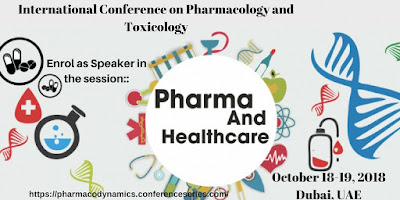Food Toxicology

The Toxicology is the branch of science that deals with the adverse effects of chemicals on living organisms and leads to fatal condition in living organism. Toxicology is interface of chemistry and biology. – Pharmacology: therapeutic effect – Toxicology: toxicosis or disease effect Food toxicology deals with physical, chemical and biological properties of food particles and detection of toxic substances in food, and their diseases and infections. Some food items are poisonous and some are medicinal , stimulatory, hallucinatory, or narcotic effects. Toxicology in two categories: basic and Fundamental. Fundamental work on the molecular and biological processes of toxic substances is called Basic toxicology. Applying scientific knowledge to practical problems is called Applied Toxicology. Toxicology vs. Risk analysis: In majority of Risk analysis only the applied toxicology is used to examine whether there is the presence of chemical, natural and ant...





